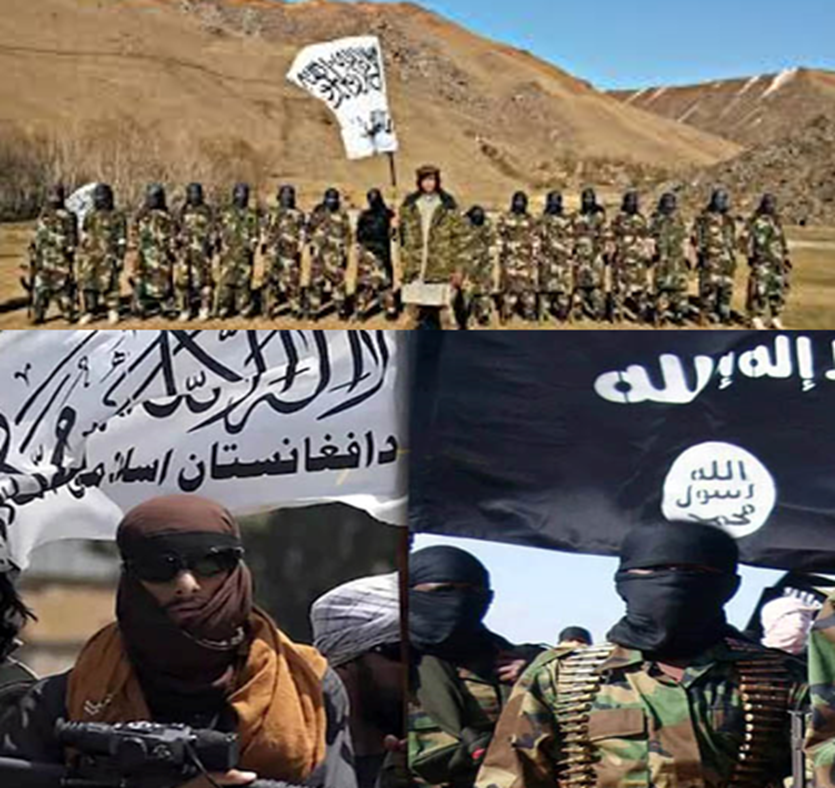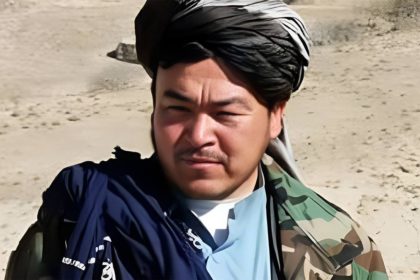RASC News Agency: A chilling new report from the U.S. Special Inspector General for Afghanistan Reconstruction (SIGAR) lays bare a harrowing reality: Afghanistan under Taliban rule has become a sanctuary for regional and transnational terrorist groups. The report warns that far from dismantling such networks, the Taliban’s return to power has facilitated their resurgence and emboldened their operations. Published on July 31, the SIGAR findings assert that despite guarantees under the 2020 Doha Agreement, the Taliban have not only failed to contain extremist organizations but are providing them tacit support. Ambassadorly clear, SIGAR identifies three principal terror groups entrenched in Afghanistan: ISIS-K (Islamic State Khorasan Province), Tehrik-i-Taliban Pakistan (TTP), and al-Qaeda. All are cited as active threats to regional and international security.
According to the report, ISIS-K poses the most acute global risk. Despite Taliban claims of anti-terror operations, the group maintains operational bases in Badakhshan, Nuristan, and Kunar provinces. Most recently, Islamic State militants claimed responsibility for a deadly attack in Nangarhar, killing four Taliban personnel. While Taliban leaders publicly deny any sustained ISIS presence, recurring clashes in the northeast tell a different story. SIGAR further confirms the Taliban’s open endorsement of the TTP, a group estimated by UN agencies to consist of 6,000–6,500 fighters based largely in eastern Afghanistan. Moreover, evidence indicates that al-Qaeda is regrouping utilizing Afghanistan as a command hub from which its operatives rebuild global affiliates. Intelligence assessments suggest that Saif al-Adel, the current al-Qaeda leader, is orchestrating recruitment and expansion across borders from Afghan soil.
This reality underscores a crucial point: the ideological alignment between the Taliban and these extremist groups is no coincidence. Taliban leadership continues to espouse a doctrine of globalised jihad, repeatedly pledging allegiance to interpretations of “Sharia” that transcend national boundaries and pit them firmly against international legal norms. Any attempt to distinguish the Taliban from jihadi networks is ultimately superficial a rhetorical gesture intended to secure legitimacy on the world stage. As extremist networks reestablish footholds in remote mountainous regions and marginalized rural zones, Afghanistan once again stands as a hub for global terrorism. In the shadow of these threats, the anguish of the Afghanistani people continues to deepen stranded between the consequences of Taliban orthodoxy and unstoppable violence.
Finally, the SIGAR report places clear responsibility at the feet of global powers. Analysts say U.S. withdrawal strategies were ill-conceived and ultimately facilitated the Taliban’s return to power. Secret deals and fragmented planning ensured that a regime historically aligned with extremist actors was restored without meaningful checks or accountability, leaving Afghanistan and indeed the world far more vulnerable than ever.






